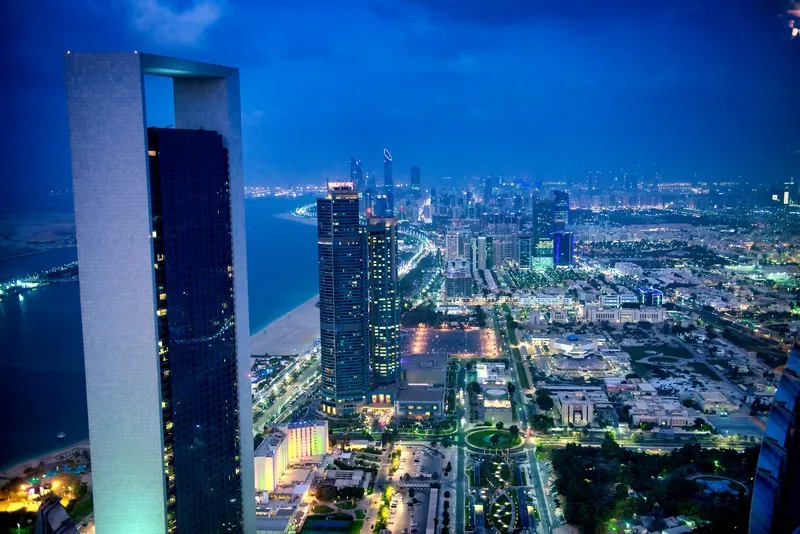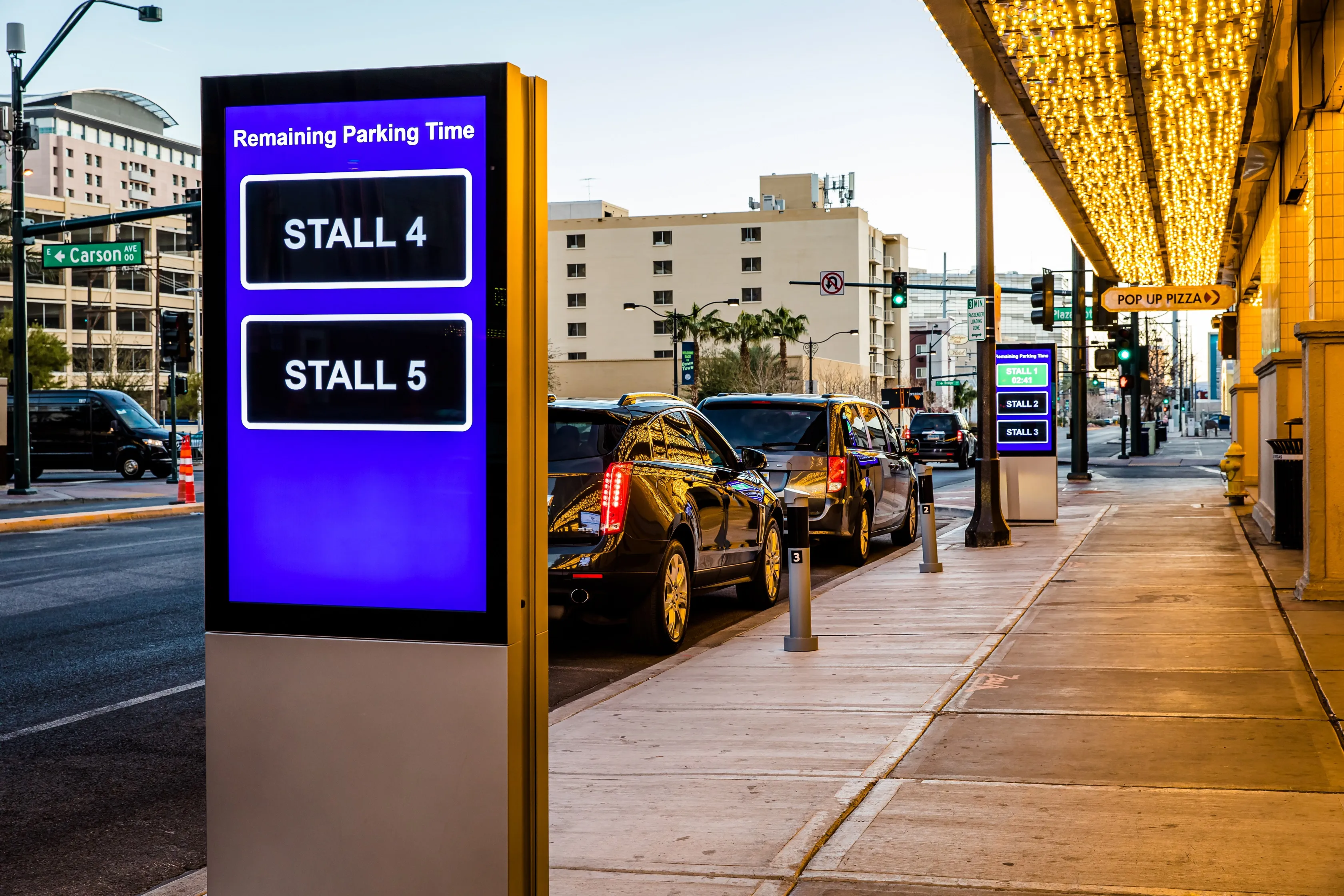
Aimsun and Siemens Mobility are developing a hybrid transport simulation model for the entire Abu Dhabi Emirate to support the Integrated Transport Centre's (ITC) Steam+ modelling framework.
The hybrid model covers 1,300km of motorway, 3,900km of major and secondary road and over 50,000km of directional roads, carrying millions of daily trips over private and public transport.
Aimsun describes it as multi-tiered, allowing assessment of schemes ranging from specific intersections, large infrastructure studies, transit corridors and policy tests for a central business district block or across the whole emirate.
The new modelling framework will allow for a more dynamic assessment of flow metering at junctions, traffic queuing, ITS and emerging technologies, bus priority schemes and light rail transit delays at junctions.
The hybrid model covers meso and micro models and near real-time simulation. The ITC is linking big datasets, including live bus and taxi fleets and anonymised mobile phone tracking.
Abdullah Mohammed Maatouq Al Marzouqi, director general at Abu Dhabi ITC, says: “The hybrid model will be an integral part of our analytics framework and a vital decision support tool for all transport planning endeavours in the Emirate.”









